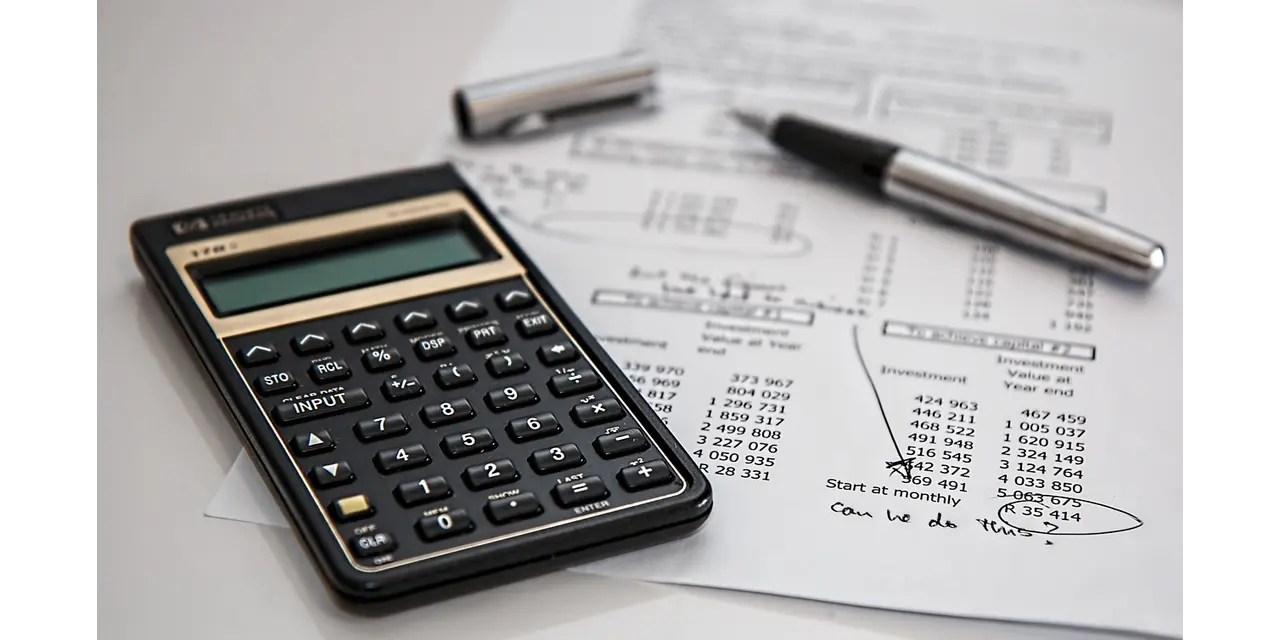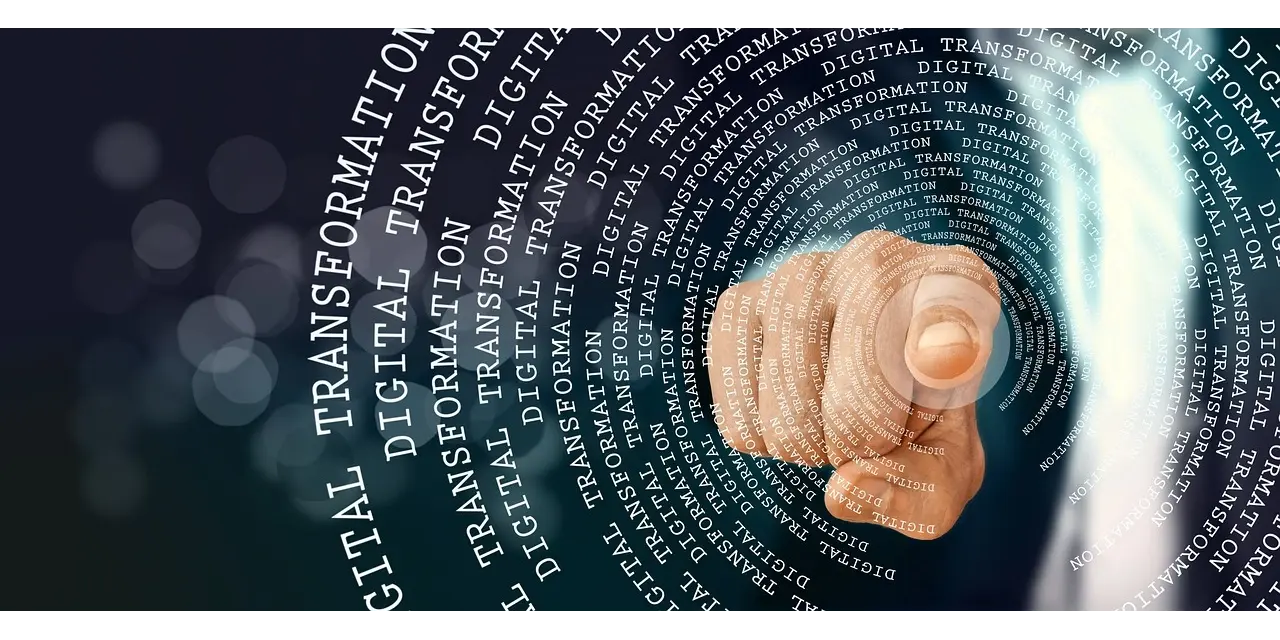In order to answer your request, we are obligated to process the data given above. Sometimes, however, we would like to use them for slightly different purposes, such as statistical data or informing you about our new products and services.We promise that we will use the given information for communication purposes only. We also remind you that you can unsubscribe from our mailing at any time (see Privacy Policy).
In the dynamic world of Polish business, invoices are not merely pieces of paper; they are the lifeblood of financial transactions, legal records, and a reflection of your professionalism. Whether you're a seasoned entrepreneur or just starting your business journey, understanding the intricacies of invoicing in Poland is paramount. Let's dive into the world of Polish invoices, shedding light on their types, legal requirements, best practices, and how technology like Subiekt GT and Linker Cloud can streamline your invoicing process.
What is an Invoice?
At its core, an invoice is a document that records a transaction between a buyer and a seller. It details the goods or services provided, their quantities, prices, applicable taxes, and payment terms. In Poland, invoices are governed by specific regulations, and their accuracy is crucial for both legal and tax compliance.
Legal Requirements for Invoices in Poland
Polish invoices must adhere to strict legal requirements outlined in the VAT Act. These requirements ensure transparency, accountability, and fair taxation. The essential elements that must be included on every invoice in Poland are:
- Unique Invoice Number: Each invoice must have a unique sequential number for easy identification and tracking.
- Date of Issue: The date the invoice was created.
- Seller and Buyer Information: This includes the full legal names, addresses, and tax identification numbers (NIP) of both parties involved in the transaction.
- Description of Goods or Services: A clear and detailed description of the products or services sold.
- Quantity and Unit Price: The number of units sold and the price per unit.
- Total Amount Due: The total cost of the transaction, including any applicable taxes.
- VAT Rate and Amount: The applicable VAT rate and the amount of VAT charged.
- Payment Terms: The agreed-upon terms for payment, including the due date and accepted payment methods.
Types of Invoices in Poland
- Faktura VAT (VAT Invoice): This is the standard invoice used for most transactions involving the sale of goods or services subject to VAT.
- Faktura bez VAT (Invoice without VAT - ZW): Used for transactions exempt from VAT, such as sales to other EU VAT-registered businesses.
- Faktura zaliczkowa (Proforma Invoice): A preliminary invoice sent before the delivery of goods or services, often used as a request for payment or a quote.
- Faktura końcowa (Final Invoice): Issued after the completion of a transaction, replacing the proforma invoice and confirming the final details.
- Faktura korygująca (Corrective Invoice): Used to correct errors or omissions on previously issued invoices.
- Duplikat faktury (Duplicate Invoice): A copy of the original invoice issued if the original is lost or damaged.
Special Considerations for E-commerce Businesses
E-commerce businesses in Poland must pay special attention to invoicing due to the digital nature of their transactions. Here are some key points to consider:
- E-invoices (e-Faktury): While not mandatory for all businesses, e-invoicing is becoming increasingly popular due to its convenience and cost-effectiveness. Subiekt GT, a popular ERP system in Poland, supports e-invoicing, making it easier for businesses to create and send electronic invoices.
- Intra-Community Supply (ICS): If your e-commerce business sells goods to other EU countries, you must comply with specific invoicing rules regarding VAT rates and documentation.
- Export Invoices: When selling goods outside the EU, export invoices must include additional information, such as the country of origin, customs codes, and Incoterms.
The Role of Technology in Streamlining Invoicing
In the digital age, technology plays a crucial role in simplifying and automating invoicing processes. Subiekt GT, a powerful ERP system widely used in Poland, offers comprehensive invoicing features, from generating invoices to managing customer data and tracking payments.
Furthermore, integrating Subiekt GT with platforms like Linker Cloud can elevate your invoicing efficiency. Linker Cloud enables seamless data synchronization between your Subiekt GT system and various e-commerce platforms, eliminating manual data entry and reducing the risk of errors. This integration also facilitates the automated generation of invoices based on order data, saving you valuable time and resources.
Best Practices for Invoicing in Poland:
- Stay Compliant: Ensure your invoices comply with all legal requirements to avoid penalties and fines.
- Be Accurate: Double-check all information on your invoices, including calculations and customer details.
- Issue Invoices Promptly: Send invoices to your customers as soon as possible after the sale to ensure timely payment.
- Track Your Invoices: Keep track of all invoices sent and received to manage your cash flow effectively.
- Utilise Technology: Embrace invoicing software and integrations to streamline your processes and reduce manual work.
By understanding the nuances of invoicing in Poland and leveraging technology like Subiekt GT and Linker Cloud, you can simplify your financial operations, ensure compliance with regulations, and enhance your overall business efficiency. invoices are not just documents; they are the foundation of your business's financial health. By mastering the art of invoicing in Poland, you can set your business up for success in the long run.
Get in touch with us and discover the power of seamless integration!





